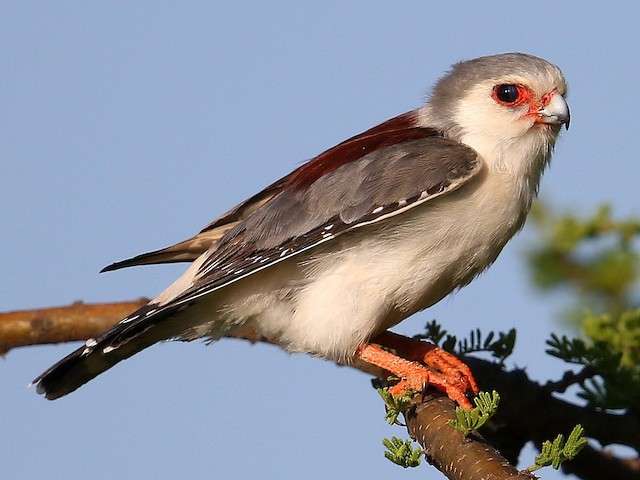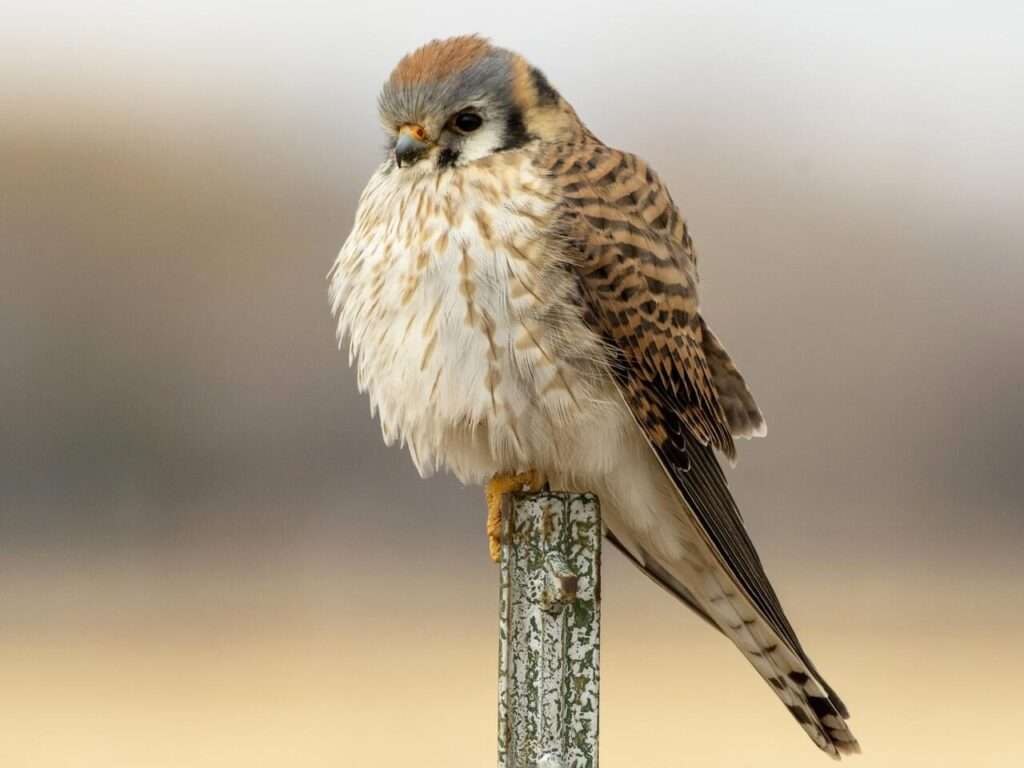
Description
Life span: Up to 9- 10 years
One variety of bay owl that is sometimes confused with barn owls is the Oriental bay owl. It inhabits the entire night and is widespread throughout India and Southeast Asia. There are various subspecies of it. It has a heart-shaped face with appendages that resemble ears. The face disc is lengthy and whitish-vinaceous in color, with each eye being surrounded by a broad vertical chestnut-brown zone. The rim feathers are chestnut-brown and have a blackish tint. The triangular-shaped frontal shield has a V-shaped forehead that is pale brownish-grey in hue and extends to the crown. Large, somewhat dark brown or brownish-black eyes. The eyelids have a yellowish hue. The hue of the bill ranges from cream-yellow to pinkish horn. Black and buff shaft patches are present, with chestnut on the crown and nape. With bright buff feather bases, 2-3 black patches on the shaft of each mantle feather, and black and buff shaft streaks, the mantle and back are a paler chestnut color. Chestnut with a few black streaks going through it, the tail is.

Native Region/Habitat
The Greater Sundas, Nepal, Sikkim, Assam, Nagaland, Manipur, Burma, Thailand, and east to south China are all places where the Oriental bay owl can be found. They are dispersed throughout India, Singapore, the Philippines, and other Southeast Asian countries because they prefer to live in woods, plantations, and mangrove swamps at elevations up to 7,220 feet.
Behavior
The Oriental Bay Owl consumes a variety of prey, including small rodents (such as rats and mice), bats, birds, lizards, frogs, and large insects like beetles and grasshoppers. This species hunts while perched on a branch and flies through trees to catch its prey. They can hunt more easily due to their short, rounded wings, especially close to water.
As a pet/In captivity
It is not advisable to domesticate the Oriental bay owl because it is a prey animal that thrives in the wild. They are generally not aggressive toward people, therefore when educated properly, they can make terrific pets. It can be taught to perform tricks.
Table





